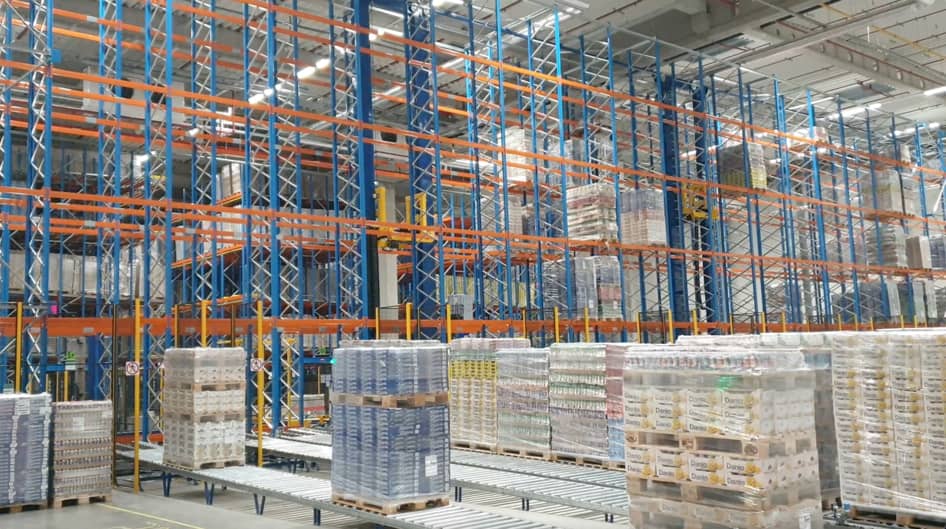Over 10 years we help companies reach their financial and branding goals. Engitech is a values-driven technology agency dedicated.
411 University St, Seattle, USA
engitech@oceanthemes.net
+1 -800-456-478-23

The customer needed a system to optimize picking and loading of pallets in the short time and with limited space. The challenge was to manage a number of variables: which truck is standing at which gate, which pallets should go to which vehicles and in what order. This process had previously been handled manually, which was time-consuming, involved additional personnel and equipment, and created spatial inefficiencies. Standard solutions, such as several stacker cranes, were too costly and would have required significant infrastructure changes, which was also not possible.
At Intralog, we developed and implemented an innovative solution with a double stacker crane, where two stacker cranes operate in one channel at 2 m/s, which allowed for efficient pallet handling while saving space.
Key features of the solution included: